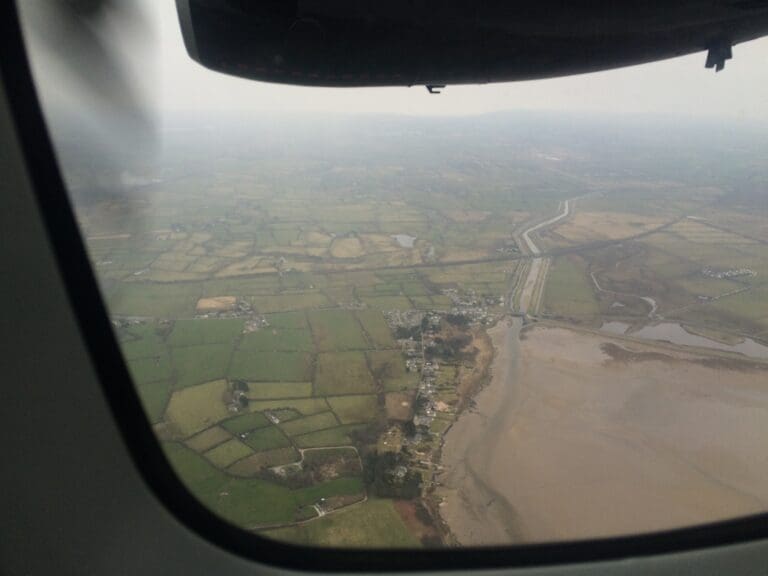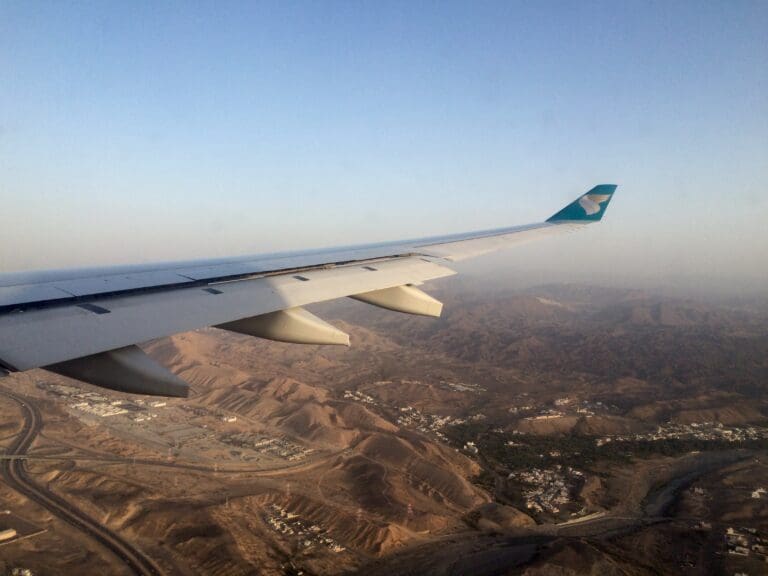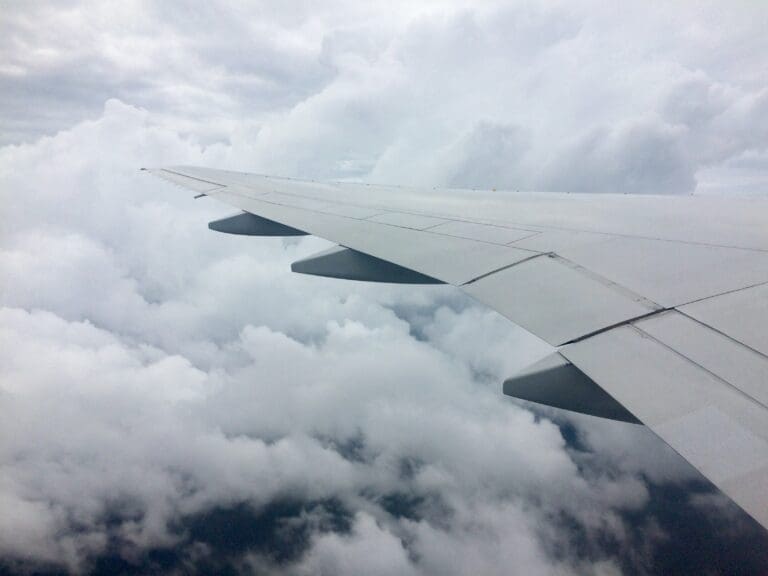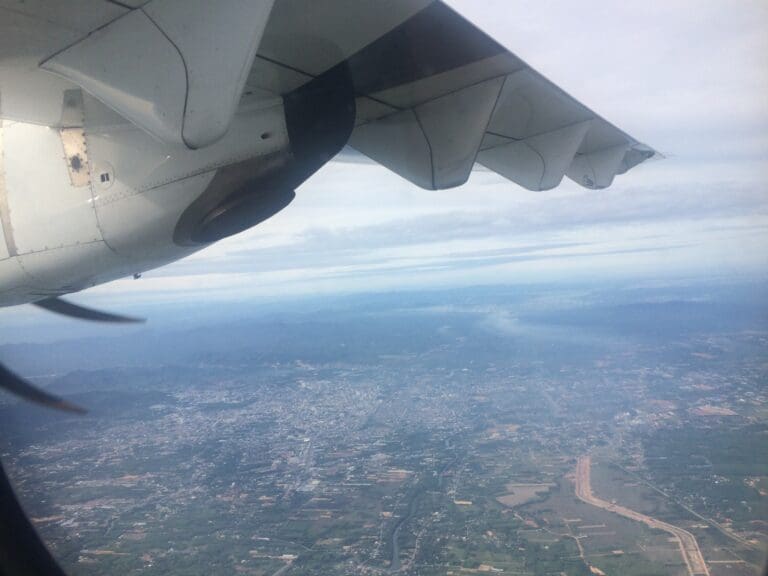A 4-Holer Across the Irish Sea: London City to Cork with CityJet

Background
For over three decades, London City Airport was synonymous with the British Aerospace BAe 146 and its modernised successors, the Avro RJ85 and RJ100. Before Embraer’s E-Jet rolled along, these short and stubby four-engined jets were one of the few jet airliners certified for London City Airport’s famously steep approach and short runway. At the time of my flight, Irish carrier CityJet, operated a decent network of routes from London City and was the second largest operator from the airport after BA CityFlyer. From there, the airline served the likes of Amsterdam, Antwerp, Avignon, Cork, Dublin, Florence, Nantes and Toulon. Despite the airline’s focus on the demographics of business flyers and more upmarket tourists, CityJet offered fairly reasonable prices on many of its services. It is for this reason coupled with the opportunity to fly on my first Avro RJ85, that I snubbed Aer Lingus and Ryanair, and decided to fly with CityJet from London City to Cork.
The Airline
In 1992, a small team led by Irish entrepreneur Pat Byrne formed Business City Direct and within two years commenced operations on the high-demand route between Dublin and London City, later commencing flights to Brussels. These were operated under a franchise agreement with Virgin Atlantic and saw the carrier’s BAe 146 fleet painted in a hybrid CityJet-Virgin livery. Unfortunately, by the late 1990s, the carrier found itself in stormy waters and saving it from bankruptcy, AirFoyle and Air France took 50% and 25% of shares in the airline. As a result, the fleet was soon painted into Air France’s livery and these were pressed into service operating on the French giant’s behalf.
With CityJet’s sizable fleet of BAe 146 jets not getting any younger, in 2006 the airline invested in a fleet of second-hand Avro RJ85s from American regional carrier Mesaba Airlines. Expanding further, in 2007 the Air France-KLM Group’s purchase of Belgian carrier VLM Airlines saw CityJet take on the carrier’s Fokker 50s. Despite this expansion, the carrier continued to suffer from a fairly precarious financial situation and in 2014, CityJet was sold by Air France, eventually, the airline’s founder, Pat Byne retook control and the carrier underwent a rebrand. This saw the airline focusing on its London City network, whilst also undertaking wet-lease operations on behalf of the likes of Brussels Airlines and Scandinavian Airlines. In 2016, CityJet’s first Sukhoi Superjet was delivered and the carrier became one of just a very small number of operators of the aircraft outside of Russia. However, this era did not last particularly long, with their seven Sukhois all withdrawn from service by 2018.
For a plethora of reasons, CityJet eventually shifted its focus to wet-leasing and operating on behalf of larger carriers and took delivery of its first Bombardier CRJ-900 for this purpose. By late 2017, just one scheduled route remained, its original hop between Dublin and London City. This remained for a few more months, however in August 2018 this ended and was replaced by an Aer Lingus service using a pair of wet-leased CityJet Avro RJ85s before finally ending in 2020. Today, CityJet’s fleet consists of Bombardier CRJ-900s and 1000s, with its primary customer being Scandinavian Airlines and its main operating base, Copenhagen.
The Journey
Returning to the past, on a bright weekday morning in late March 2016, I awoke to the sight of an unusually cloudless sky, only tainted by crisscrossing contrails. Being in my first year of university, at the time I resided in a small halls room just up the road from King’s Cross Station. Thus, I did not have too to go to reach London City Airport that morning. Once I had packed up all the things that I would need for my adventure, I headed out into the crisp morning air and walked down to the station. First up was a short hop on the noisy and crowded Northern Line, squeezing in amongst the gloomy commuters on their way to the office. Disembarking with almost the entire train at Bank, I headed through the station’s network of tunnels before reaching the Docklands Light Railway platform. Not being a regular DLR rider, I took care not to end up on the wrong train and thus having to change somewhere down the line. Managing this successfully, around forty minutes after leaving home, I arrived at London City Airport at 0735, an hour and ten minutes to go until my flight to Cork. Whilst this may have been cutting things a little too fine for many airports, seeing as London City Airport prides itself on its convenience, and, seeing as I had checked in online and had nothing to drop off, I was confident that I would not miss my flight to Cork.
From the station, I walked over to the airport’s small check-in hall where I was greeted by the sight of plenty of smartly dressed travellers heading off for a new day of business across Europe. Not wanting to waste any time, I journeyed up the escalators to security and joined the long but very fast-moving queue. Making it to the airside area within around ten minutes after disembarking the train, I was left with some time to spend wandering around and exploring the nooks and crannies of the small terminal building.
With this being my first ever time passing through London City Airport, I was too sure what to expect from the airside area however it soon became evident that this was not designed for passengers to spend hours in before heading off across Europe. There, facilities were limited and the terminal was backed, with relatively few spaces remaining free to sit and wait. In addition to this, I was not particularly happy to find that the toilets were in a far from amazing state. Returning to the positives, from an aviation enthusiasts’ perspective, the large windows that afforded good views of the runway and stands outside provided little reason to complain. Plonking myself down near one of these I watched as a regular stream of aircraft came and went, gawping at how close these came to the terminal building as they pulled into their stands. That morning, I spotted Avro RJ85s, Avro RJ100s, Dash 8 Q400s, Dornier 328s, Embraer 175s and Embraer 190s operated by BA CityFlyer, CityJet, Flybe, Helvetic Airways, SkyWork Airlines and Swiss.
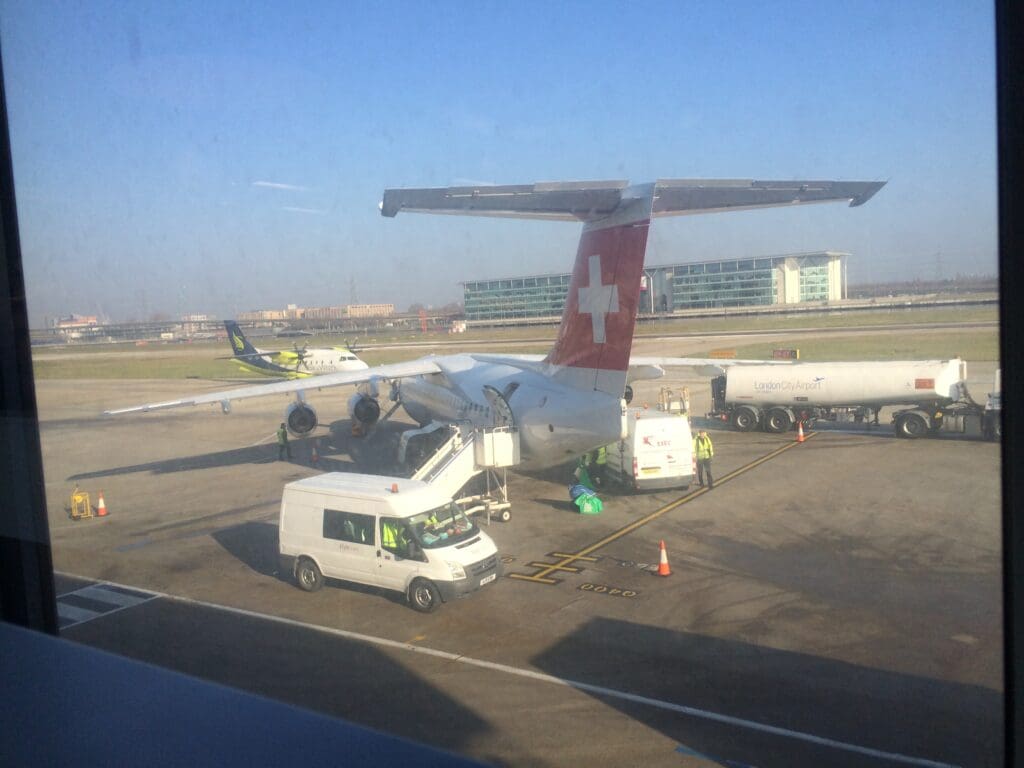
That morning, I watched as the stubby Avro RJ85 touched down from Cork and pulled into the stand, making a quick turnaround before heading back over to Ireland. Taking the form of EI-WXA, my ride that morning was manufactured at Avro’s factory at Woodfood near Manchester and made its first flight in June 1997, making the aircraft almost nineteen years old at the time of my flight. Like many of CityJet’s Avro RJ85s, the aircraft commenced its life in the USA with Mesaba Airlines where it flew at N503XJ and operated services on behalf of Northwest Airlink. After a decade of service in the US, the aircraft made its way to the deserts of Arizona and entered storage at Marana Regional Airport. Remaining there until August 2008, at that time the aircraft was ferried across the Atlantic to Norwich where it was readied in preparation for its entry-into-service with CityJet and named Inis Oírr in honour of the smallest of Ireland’s Aran Islands.
That morning, passengers were invited to head to a waiting area before boarding and once this opened, I had my boarding pass scanned and passport checked before taking a seat and waiting for boarding to commence. Outside, the inbound passengers could be seen spilling out onto the apron and just ten minutes after the inbound aircraft had come to a halt, those bound for Cork were invited to head forward for boarding.

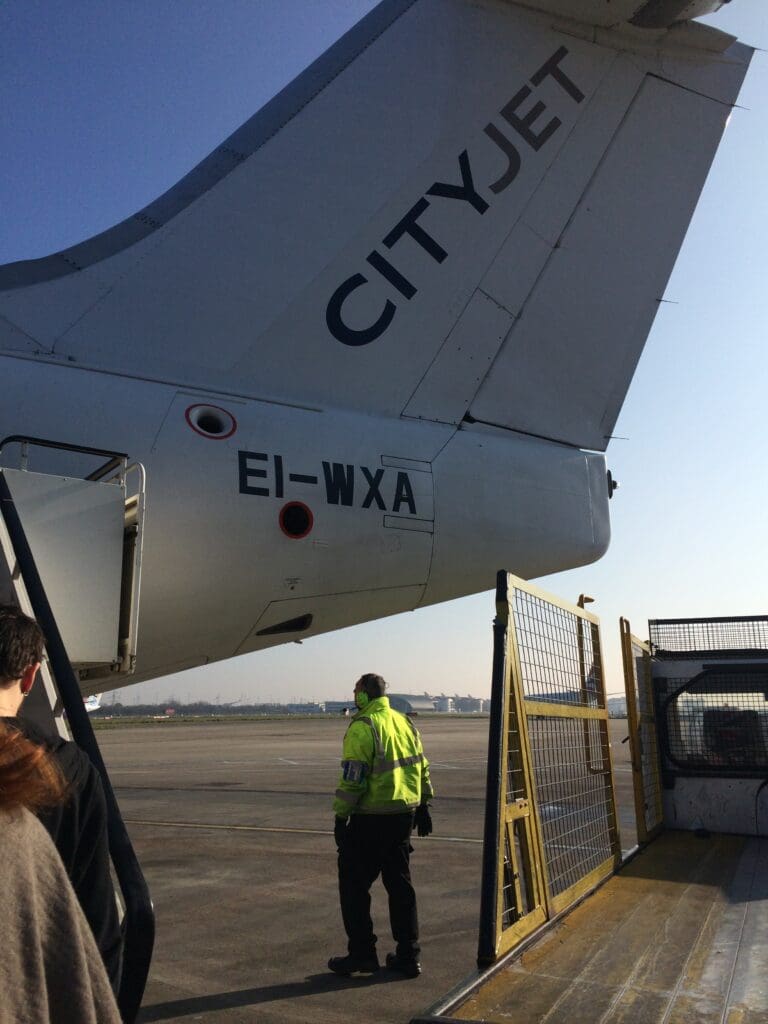
Wasting no time, I made my way outside and briskly walked through the crisp morning air and out towards the rear door of the waiting Avro RJ85. Following a short pause on the steps, I entered the aircraft’s small rear galley where I was given a very warm and friendly welcome from one of the two flight attendants onboard whose accents implied that they were based in Cork and not London. Inside, the Avro was installed 98 Economy seats in a 3-3 configuration, each of which was comfortably chunky in their appearance yet at the same time did not appear to be too dated. Each of these was covered in a dark pleather cover, on which CityJet’s old logo was debossed, and came with the usual tray table, seatback pocket and coathook.
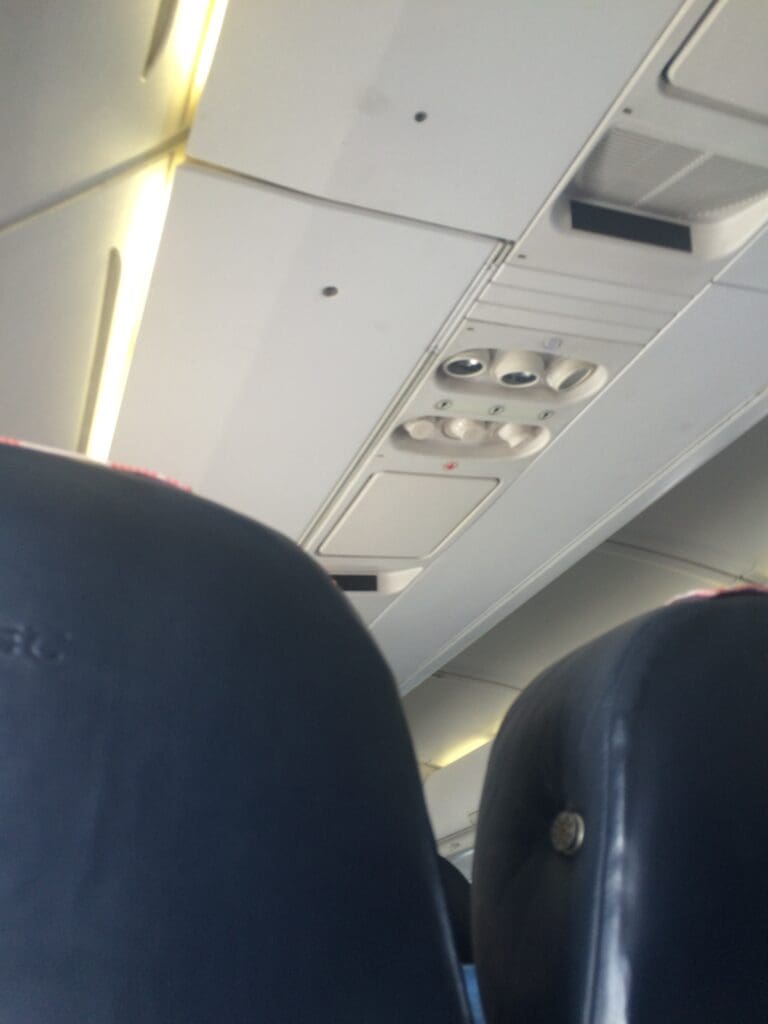
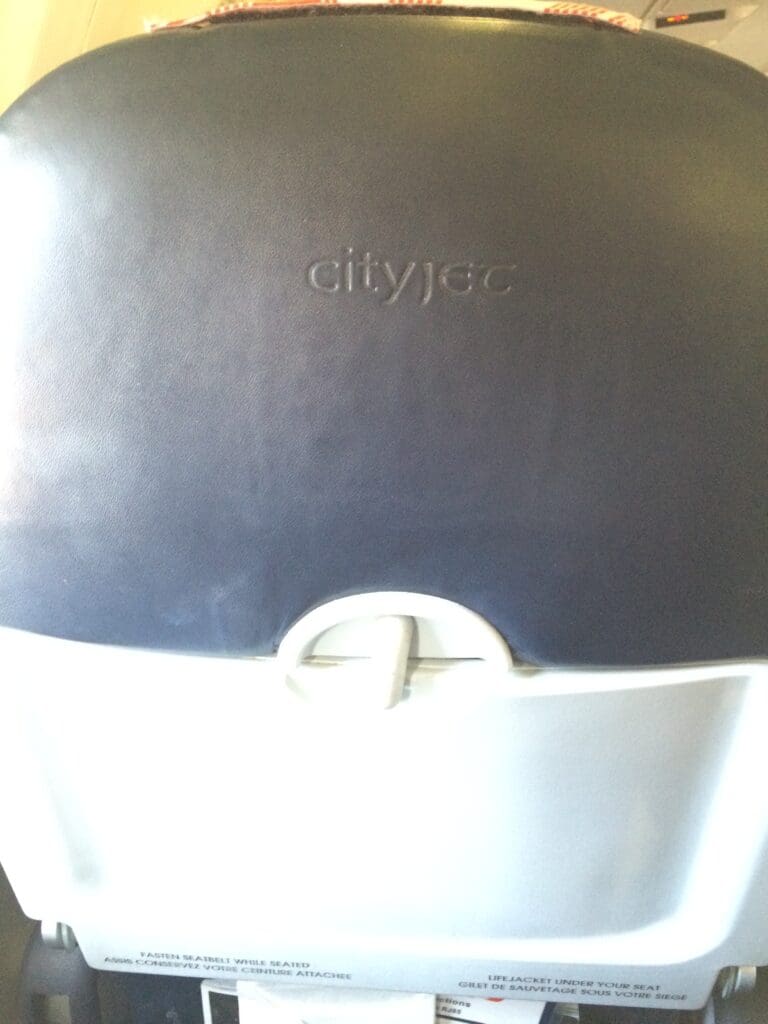
Soon making it to seat 14A, I plonked myself down and settled in for the journey ahead. Once seated, I was pleased to find the seat to be comfortable and clean, and was in good condition considering the aircraft’s age. Meanwhile, the seatback pockets contained a safety card, a sickbag, a copy of CityJet’s monthly Velocity inflight magazine and Air France’s inflight magazine entitled, Magazine. Looking around, other than the dated looking PSUs and the fact that the window blinds were extended upwards rather than downwards, there wasn’t too much special or unique about the Avro RJ85’s interior. Nevertheless, I was still somewhat excited to be flying onboard a new type and one that is not particularly common across the world.
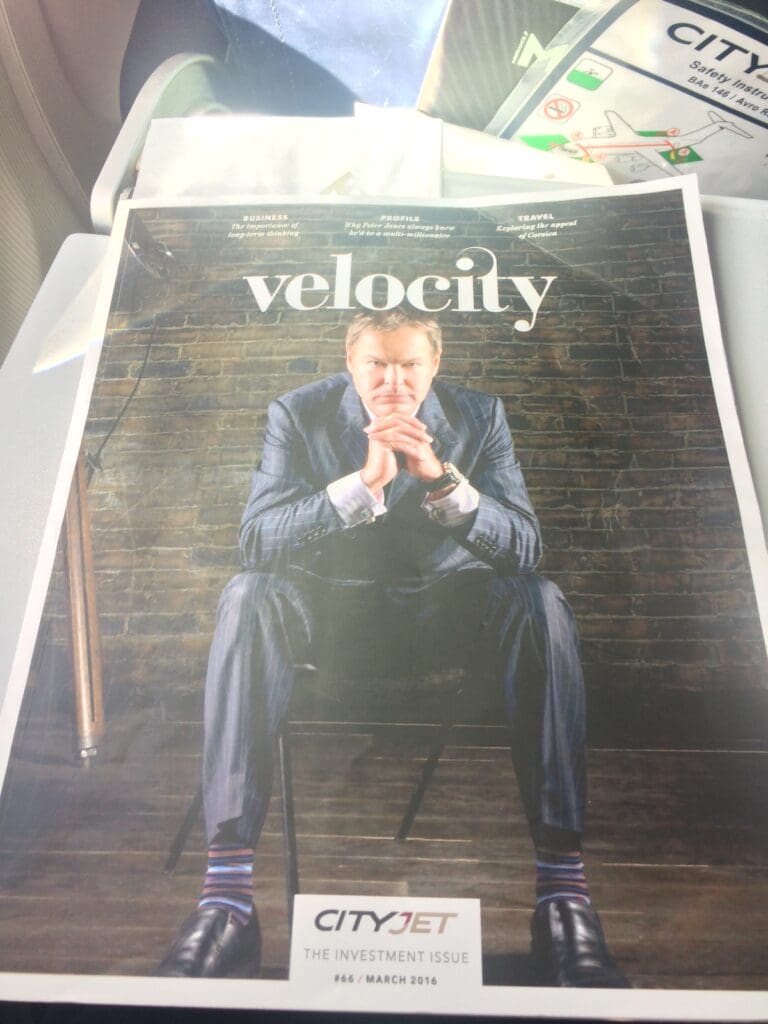
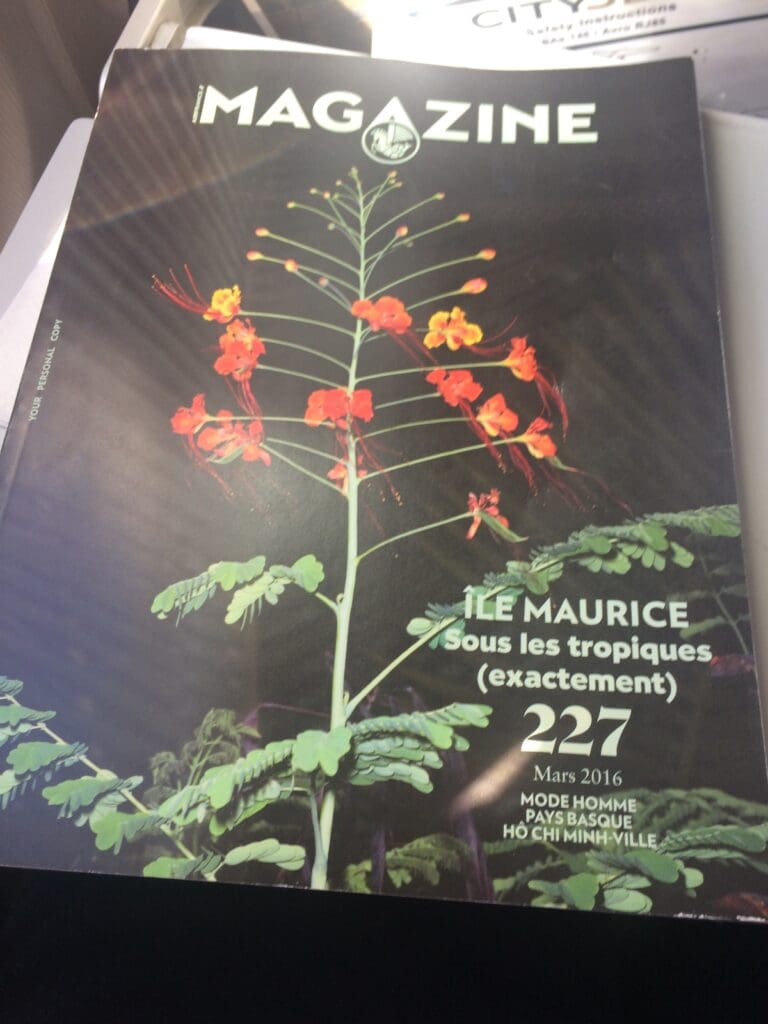
That morning, it did not take too long for all passengers to board and there was a very light load with there appearing to be no more than around 30% of seats taken. Soon, the doors were closed at which point our Irish captain performed a very detailed welcome speech, apologising for the slight delay and offering a comprehensive overview of our route to Cork. From London City, our Avro would rocket westwards into the skies of London and fly north towards Welwyn Garden City before turning westwards once again and setting course for Ireland. Once in the cruise, the aircraft would pass to the north of Bristol and then over Cardiff, Swansea and Southwest Wales before crossing the Irish Sea and commencing its descent into Cork.
As soon as the captain’s announcement came to an end, the purser performed another welcome speech which smoothly transitioned into the safety demonstration. Whilst this was underway, one-by-one, the Avro RJ85’s four Lycoming LF507-1F engines powered up into life as a fellow CityJet RJ85 pulled into the neighbouring stand having arrived from Dublin. At this stage, I was a little surprised at just how quiet the Avro seemed, with this perhaps being no noisier than any other modern regional jet, although then again I suppose you don’t earn the name ‘whisperjet’ for nothing!
As soon as the engines had powered into life, the Avro jolted forwards and cautiously made its way down the ramp before arriving at Holding Point Charlie. Thanks to the layout of London City Airport, there can be some congestion during the morning and evening peaks, and that morning was no exception. Queuing behind a BA CityFlyer Embraer 175, we waited for serveral minutes whilst aircraft arrived and departed before following the Embraer down the runway and turning off at the holding loop at the eastern end of the airfield. Once there, some more waiting was in order in order to allow for the BA CityFlyer Embraer ahead of us to head off to Amsterdam, and a Flybe Dash 8 Q400 and Sun-Air Dornier 328 to touch down from Belfast and Billund respectively.
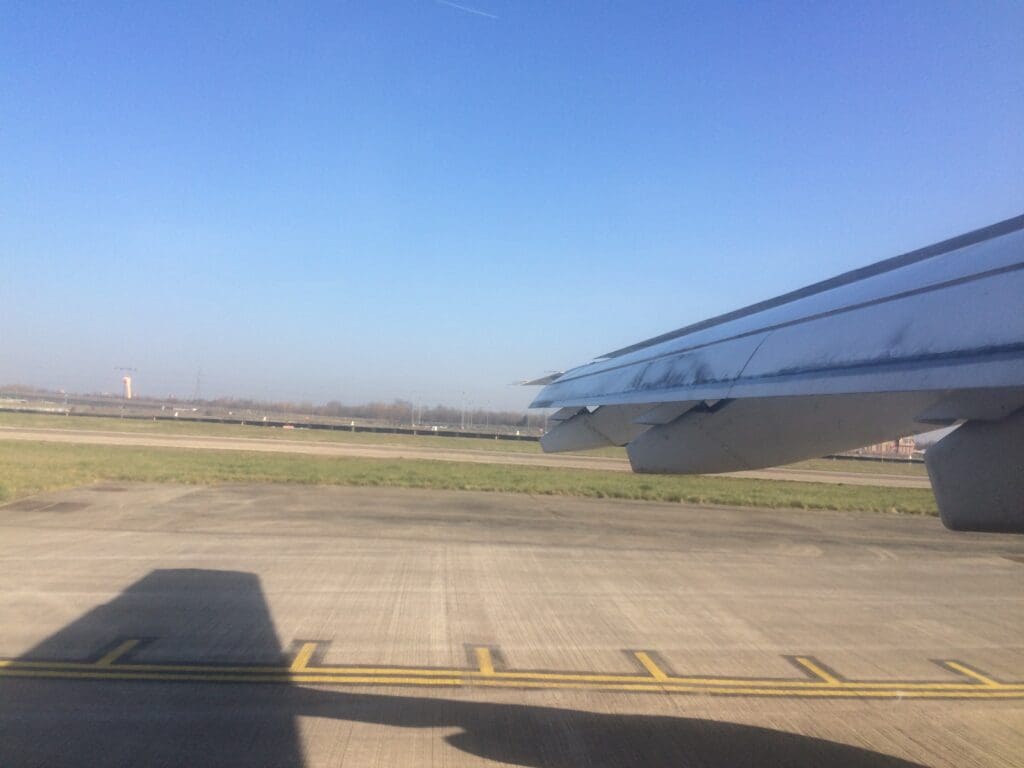
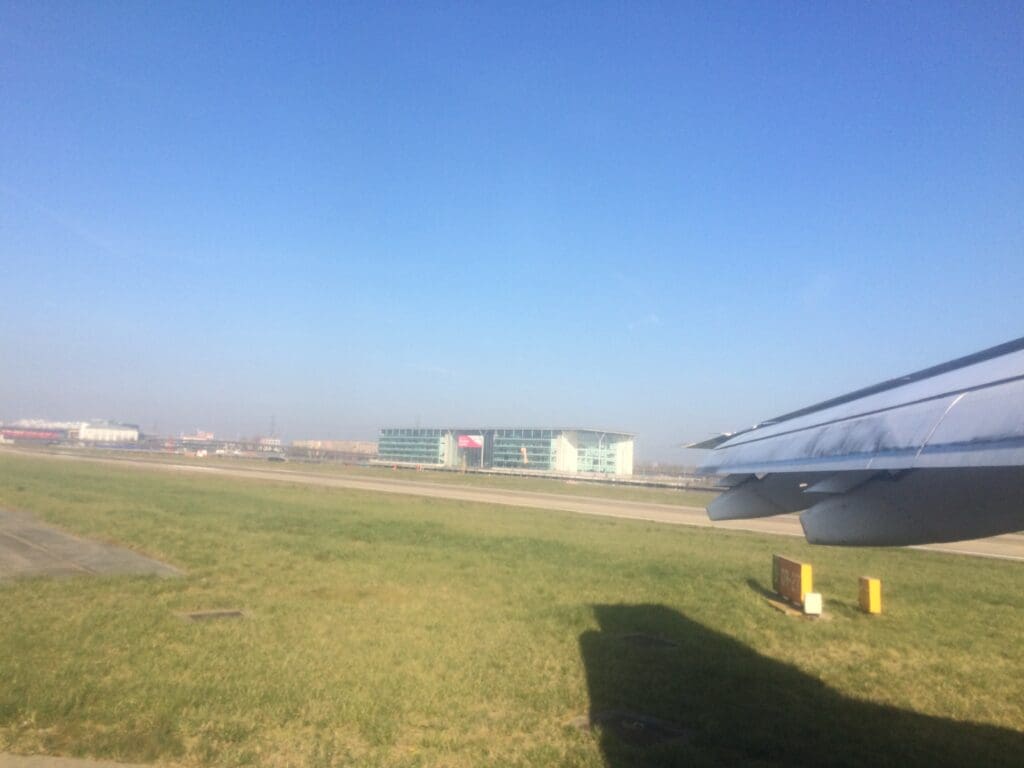
Finally, it was our turn to rocket off and we made our way onto the runway before coming to a temporary halt. There, the four engines roared into life as the brakes were held. Upon being released, the Avro sped down the runway with vigour, performing an incredibly powerful take-off and rotating upwards before reaching the terminal, allowing for a good view of this followed by Greenwich and the Thames Flood Barrier. Before reaching Canary Wharf, the aircraft turned northwards and out over London’s suburbia whilst Heathrow and RAF Northolt could be seen in the distance before we turned westwards as London faded away.
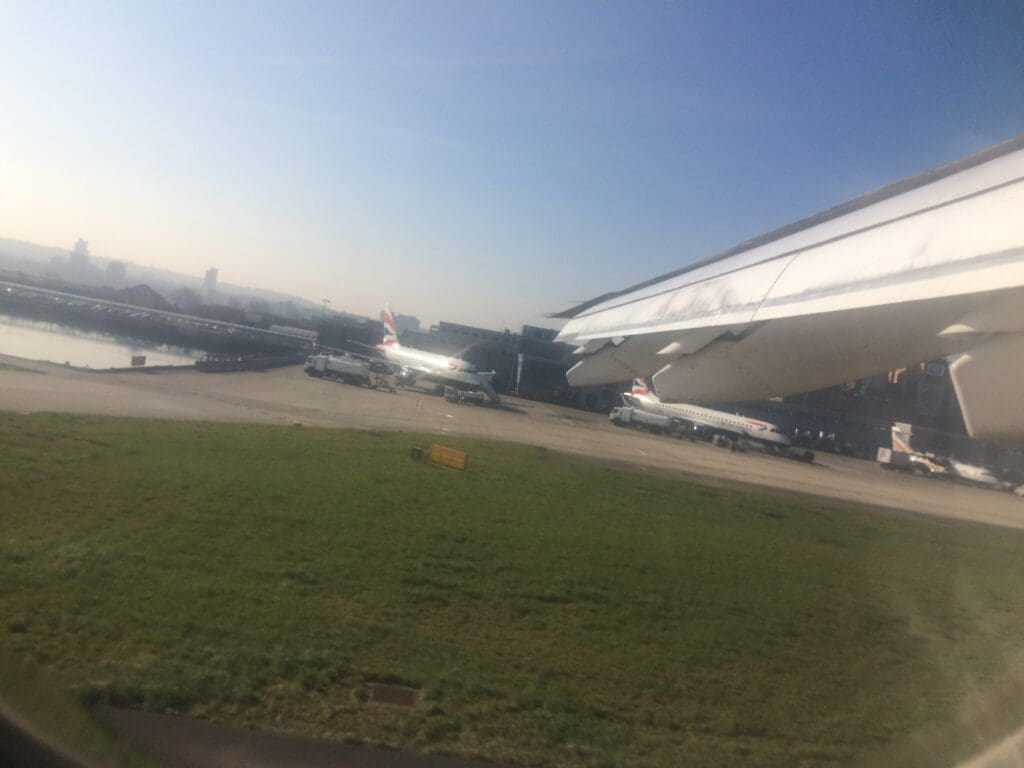

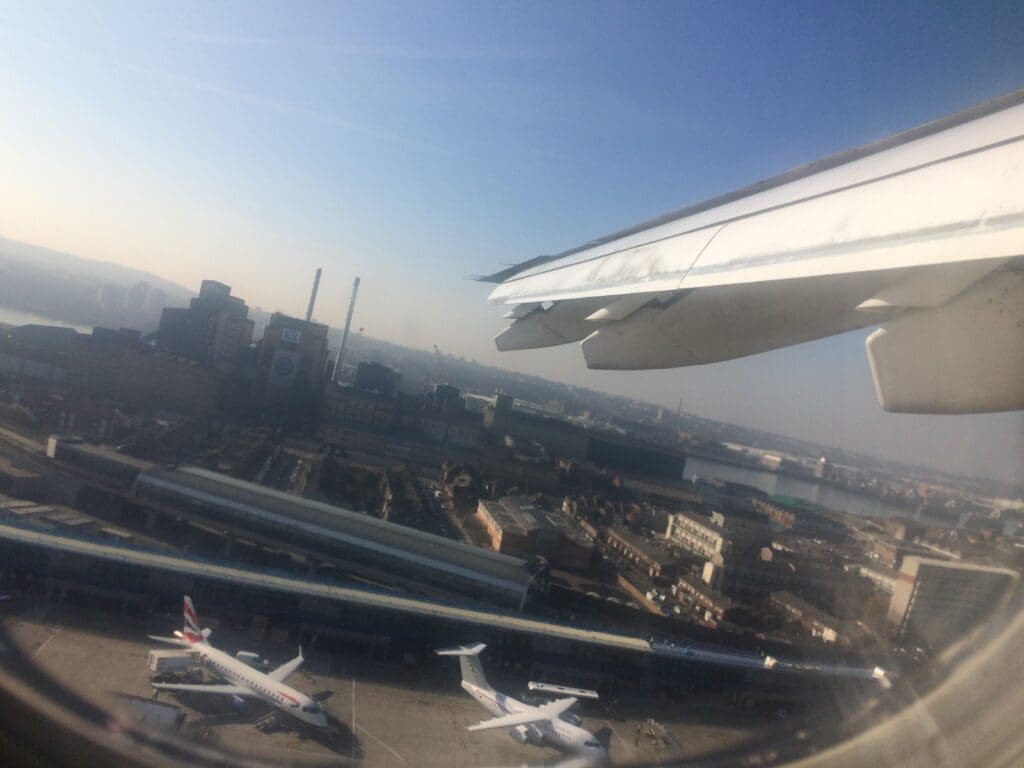

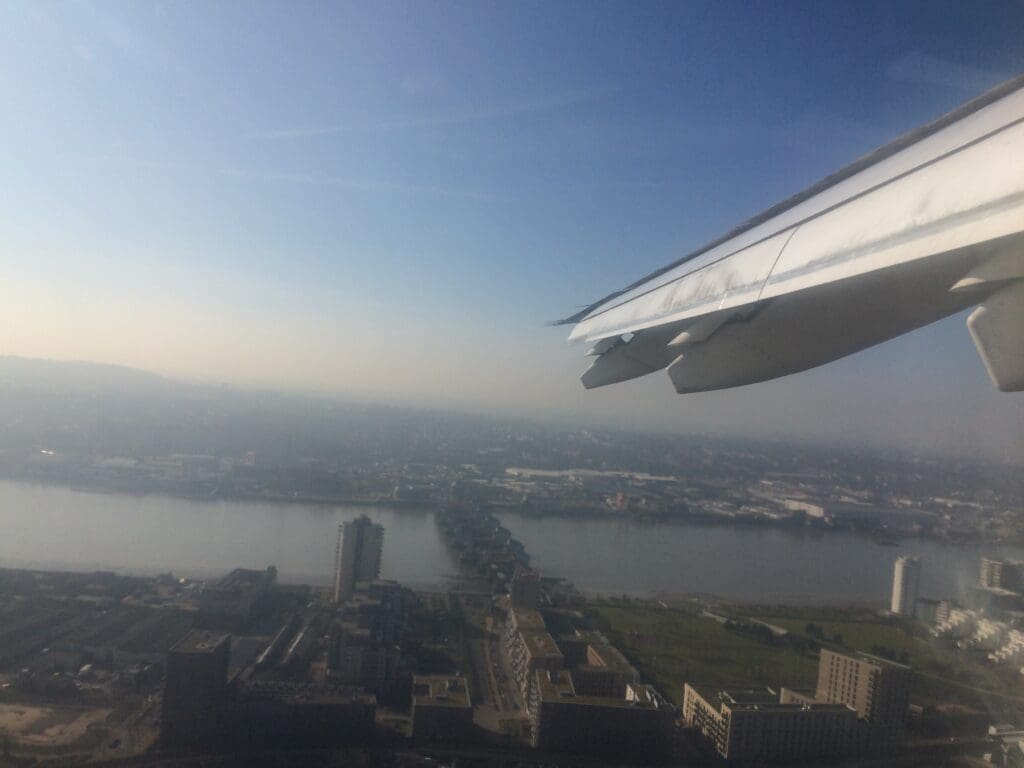
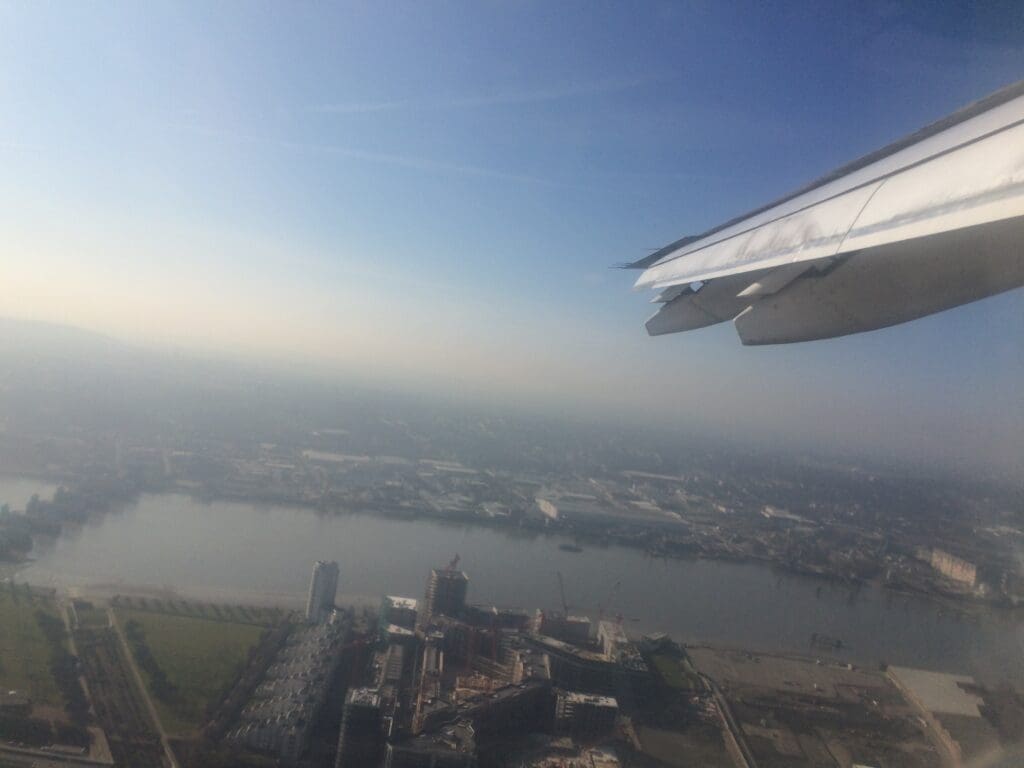
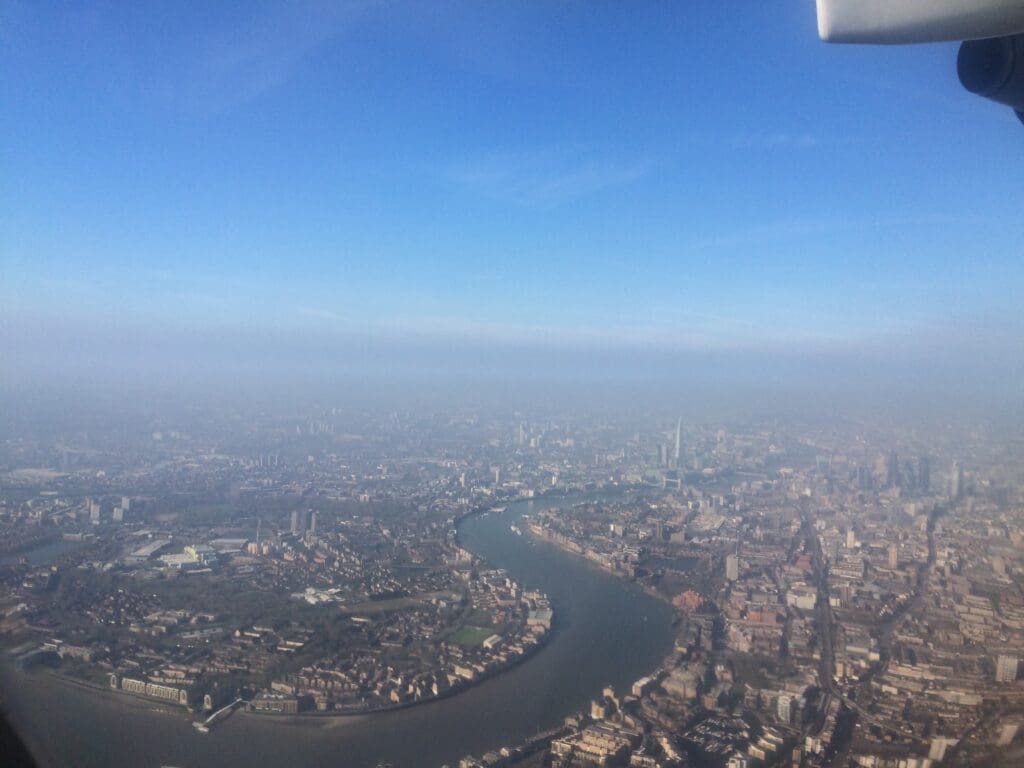
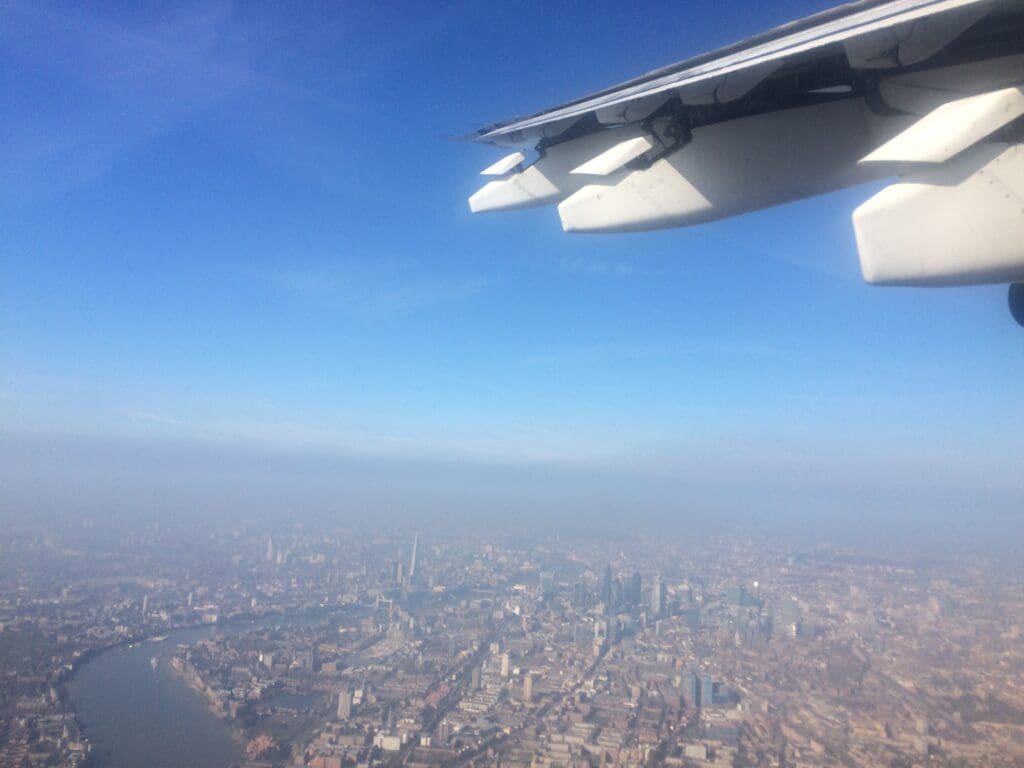
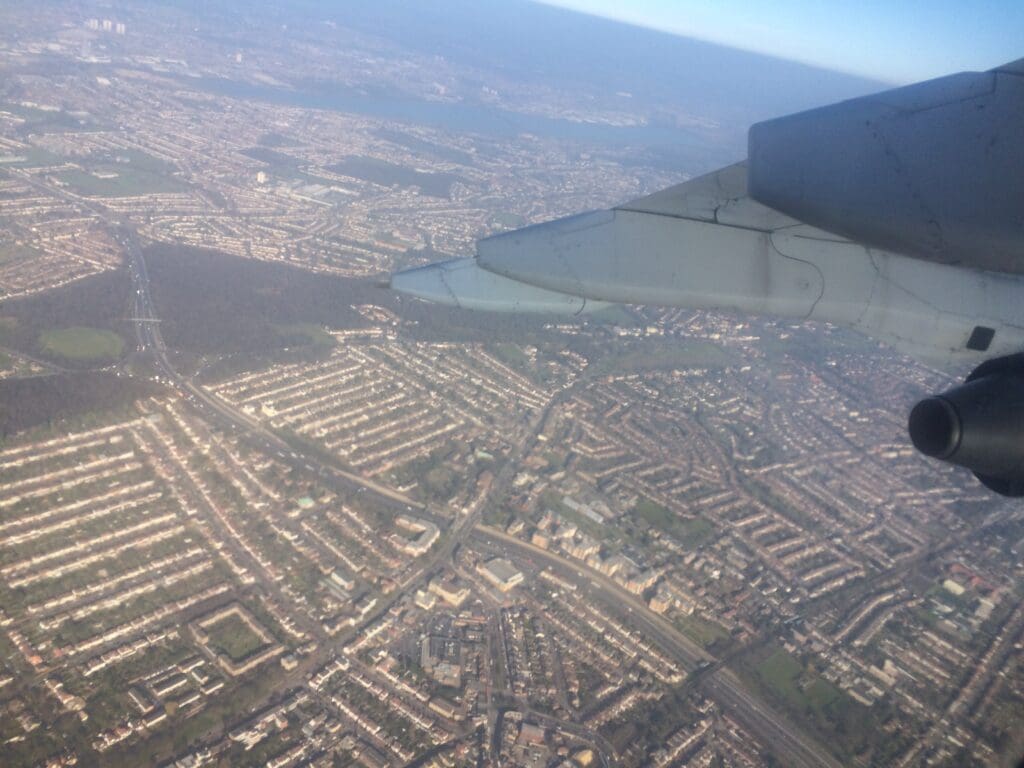
Whilst good views were offered during the first few minutes of the flight, as we passed RAF Brize Norton and the green Oxfordshire countryside, clouds rolled in below leaving nothing to be seen below until we found ourselves on the approach to Cork. As we neared our cruising altitude, the two flight attendants entered the cabin and undertook the flight service. This was comprised of a round of tea, coffee and fruit juice, accompanied by a basket of cereal bars. Whilst not as substantial as BA CityFlyer’s light meals, these most certainly trump the non-existent complimentary offerings of Cork competitors Aer Lingus and Ryanair. Meanwhile, the cabin crew undertook this service in a very polite and friendly manner thus leaving me with absolutely nothing to complain about.

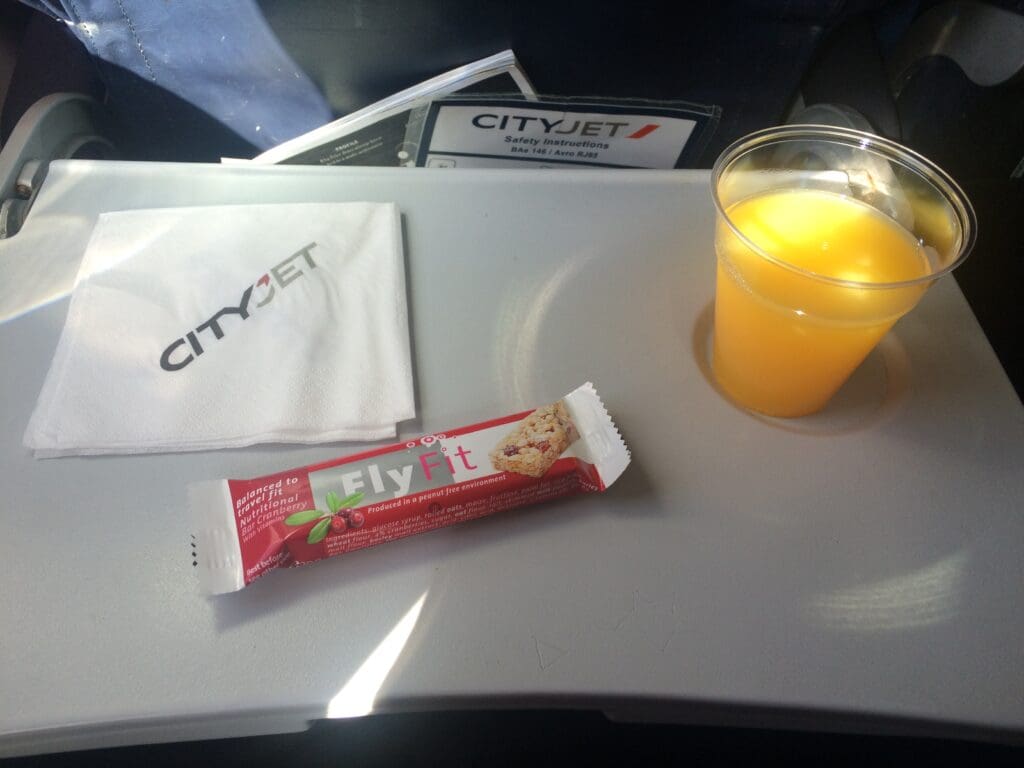
As we cruised westwards, with little to see outside, I decided to turn my attention to the complimentary literature in the seatback pocket. Examining CityJet’s Velocity magazine, this was admittedly not the most riveting of publications and was clearly aimed at business people commuting to and from London City. Fortunately, the Air France Magazine was slightly better and featured a range of articles on a plethora of subjects, many of which highlighted some of the carrier’s diverse destinations.
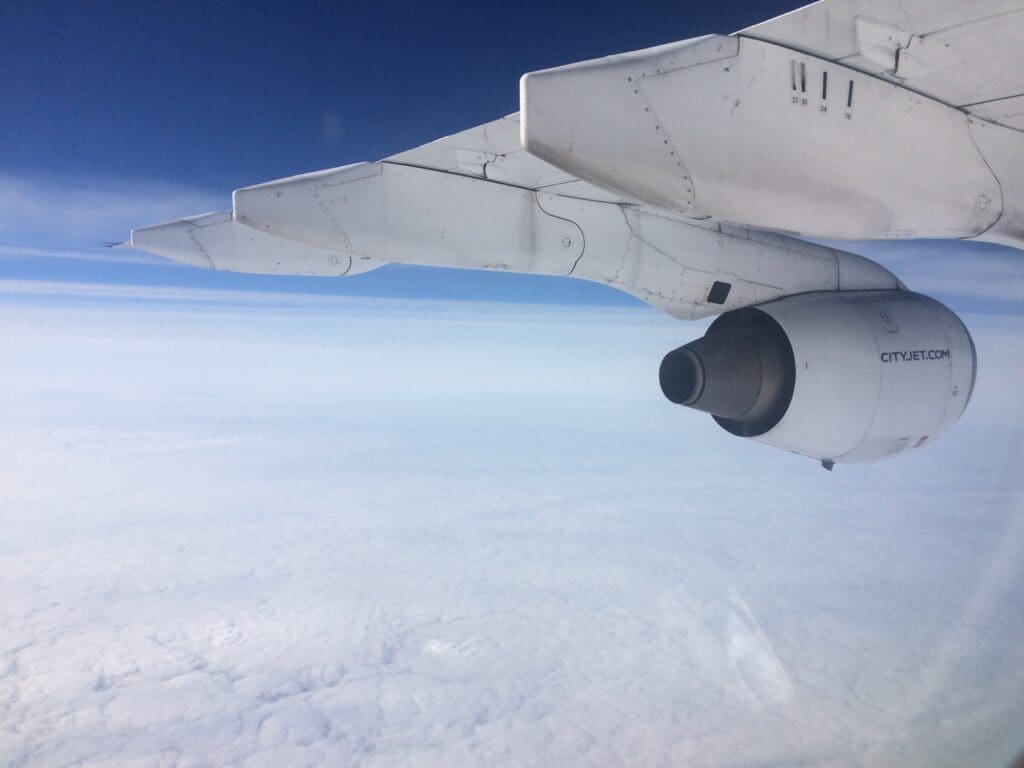
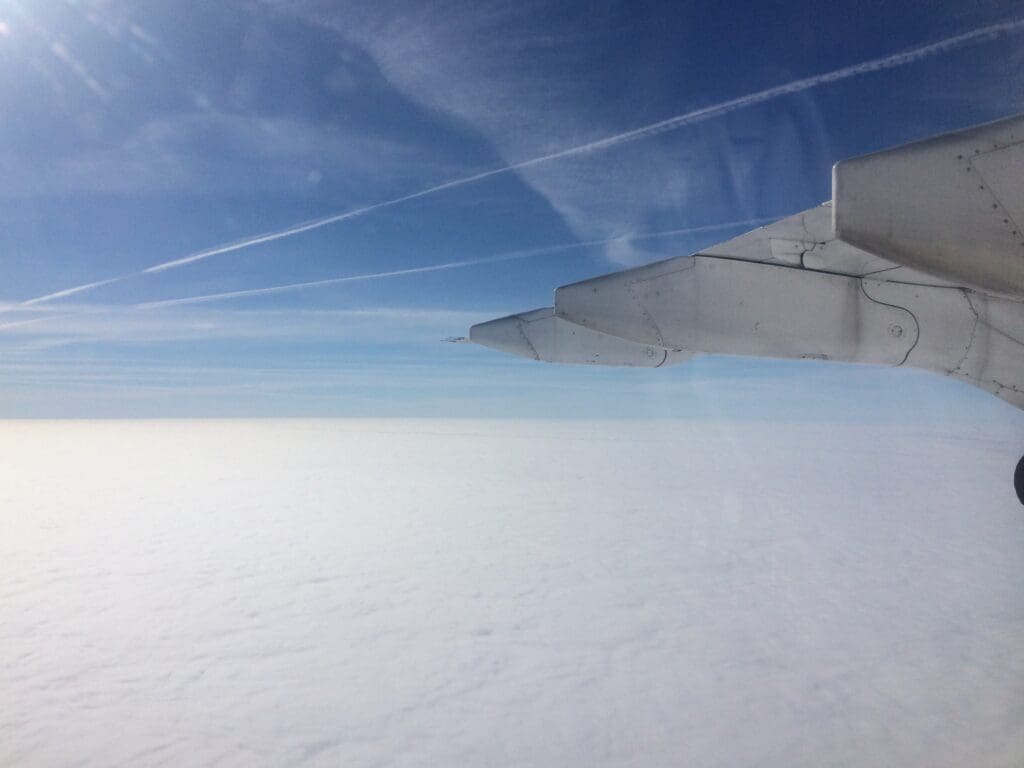
That morning, the time flew by and it wasn’t long before the aircraft could be felt sinking downwards towards Ireland. At this time, the crew passed through the cabin collecting any rubbish that accumulated before the seatbelt signs were re-illuminated with a loud ding. By the time we reached the tops of the clouds, the cabin had been secured and we cloud surfed for a while before sinking downwards into the thick and wispy clouds.
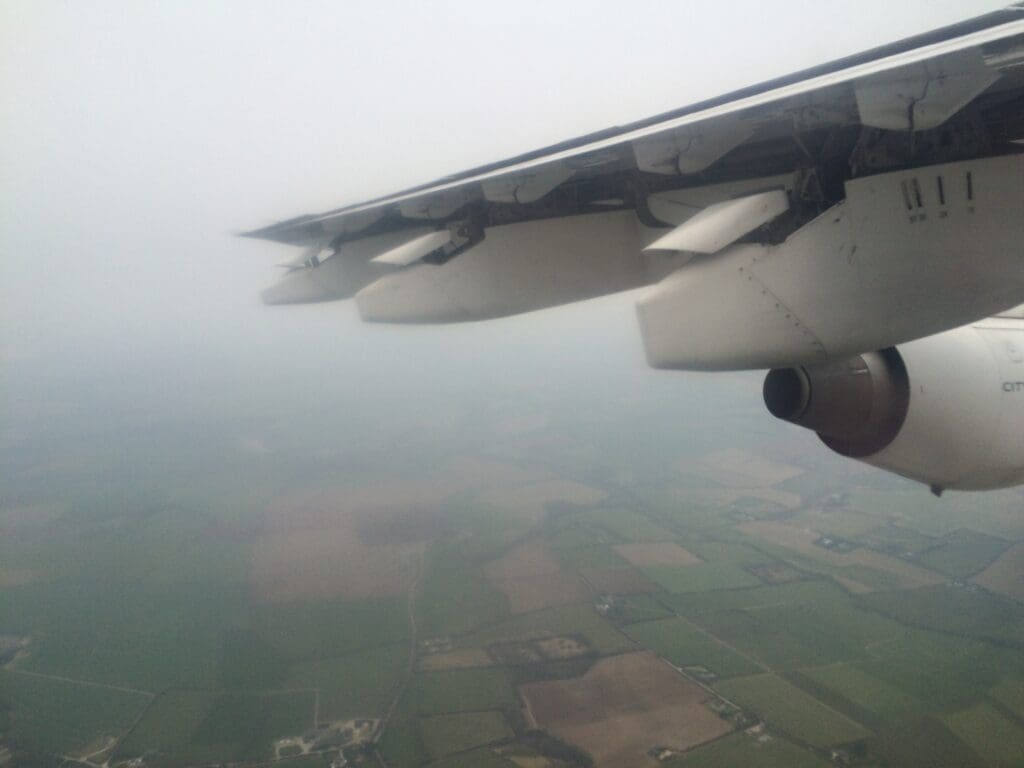
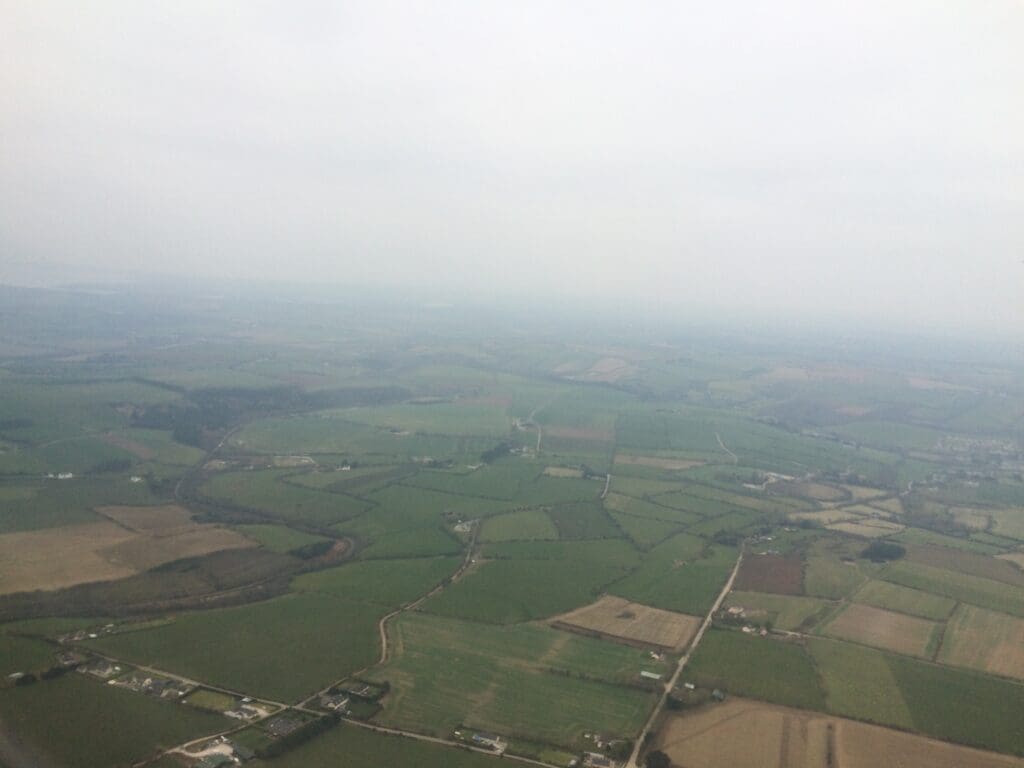
Soon, the greenfields around Cork came into view and we swayed a little as we approached Runway 35. Whizzing past farms, fields and narrow country roads, we then passed over the perimeter fence and at 1011, the aircraft returned to earth with a gentle bump, touching down a minute after our schedule arrival time. Once back on terrafirma, the Avro decelerated with plenty of vigour before swinging a right and making a short taxi over to Cork Airport’s modern terminal.
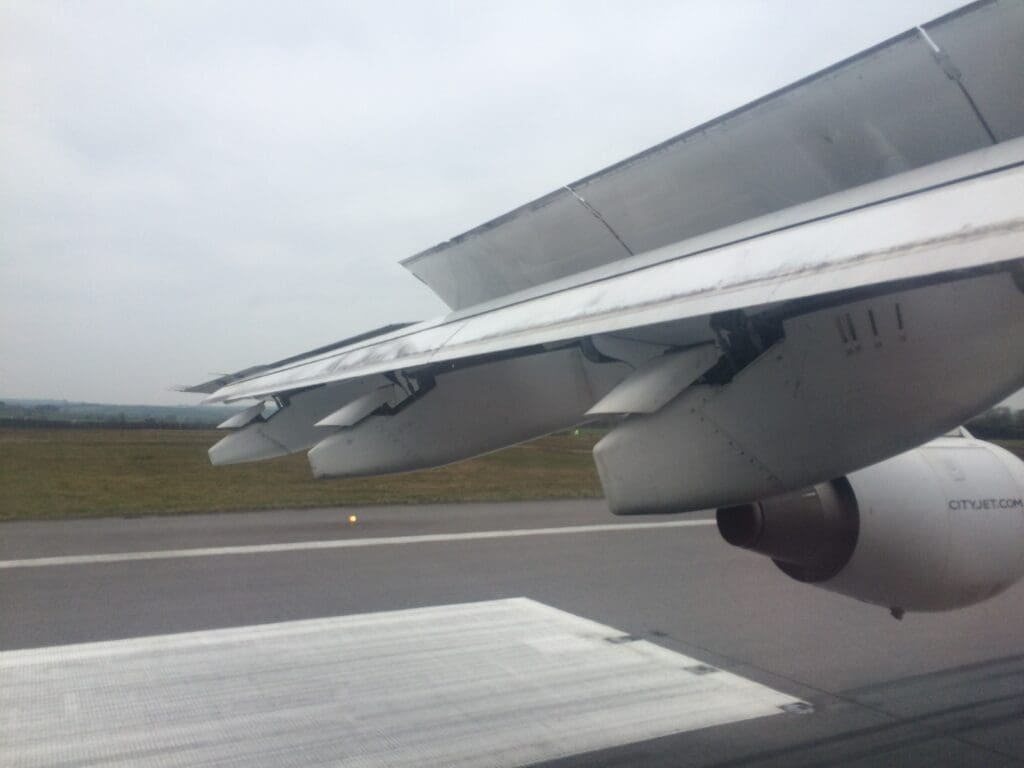
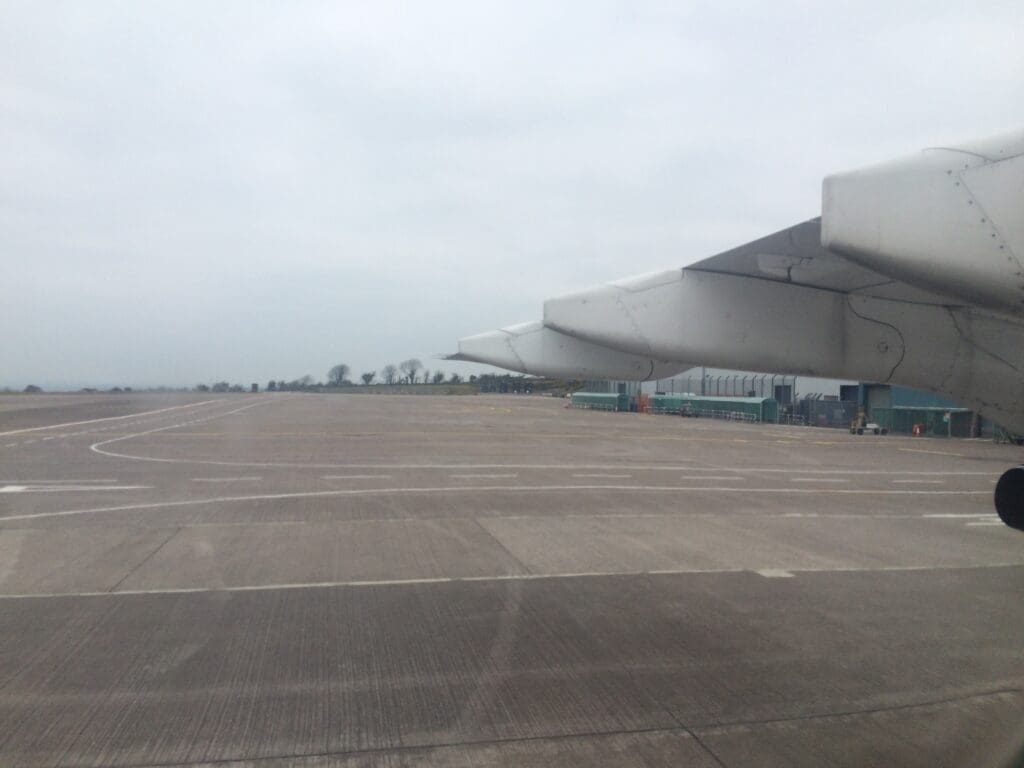
Whilst Cork may be Ireland’s second-busiest airport, it seemed to be fairly quiet that day with nothing other than an Aer Lingus Airbus A320 seen which was later joined by a Flybe Embraer 195 on its lunchtime rotation from Cardiff. A couple of minutes after touching down, the aircraft came to a halt and the four engines spooled down whilst outside a team of ground crew soon readied the aircraft for disembarkation. Without much delay, the doors were soon opened and I headed through the cabin before thanking one of the flight attendants and proceeding up into the terminal, ending my first ride with CityJet.
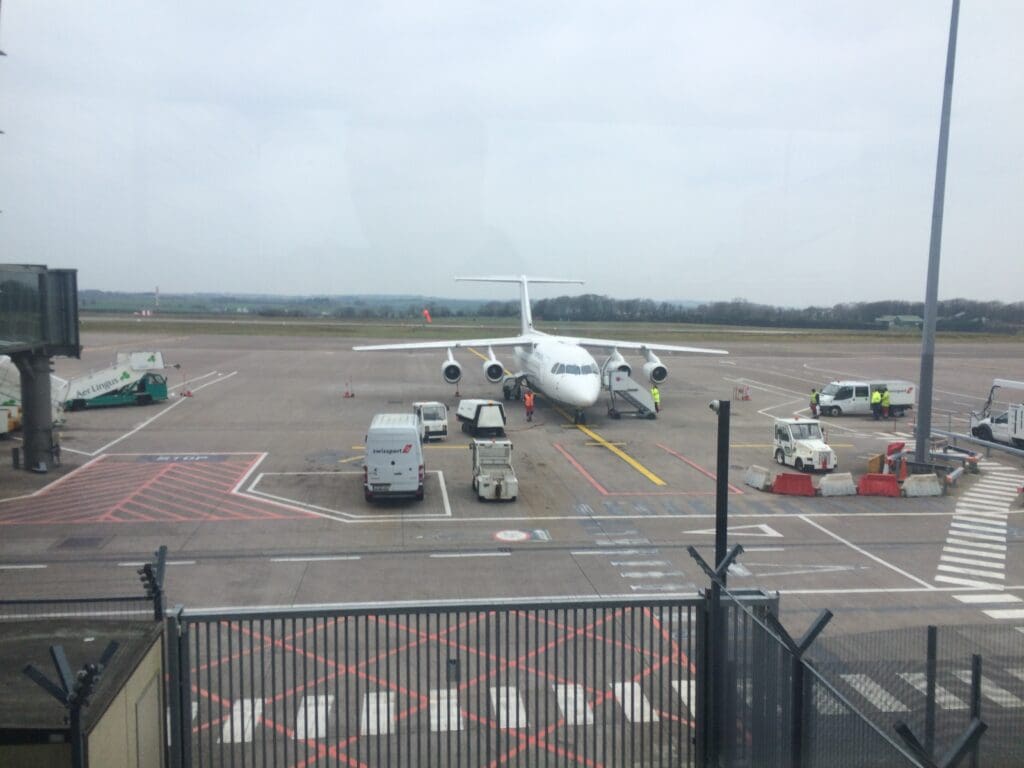
Summary
That day, CityJet had left me with zero complaints. The aircraft was clean, comfortable and in good condition, the crew were both very friendly, and I was left satisfifed by the complimentary snacks that had been offered in the cruise. Thus, based on my experience, I would be more than willing to sample the delights of this Irish regional carrier again.

